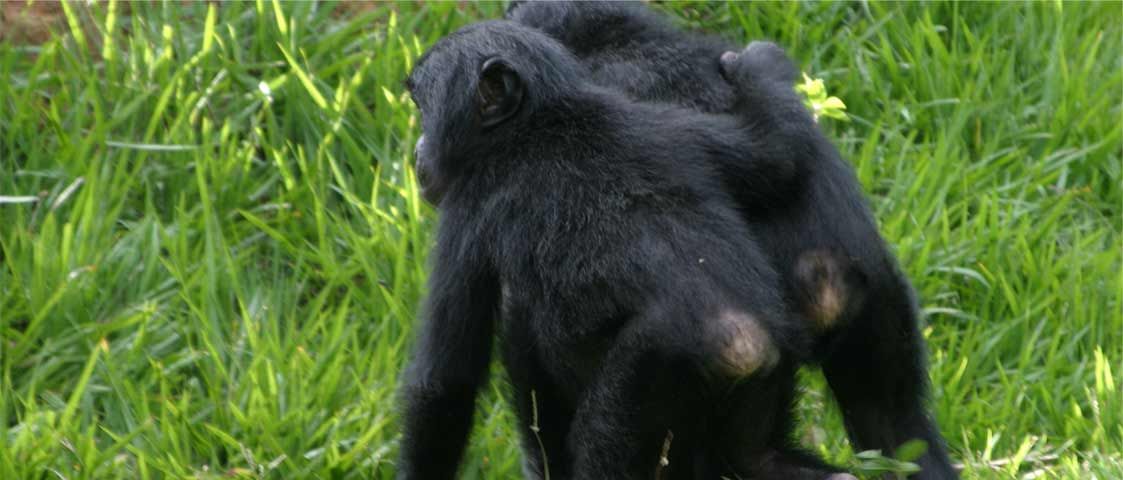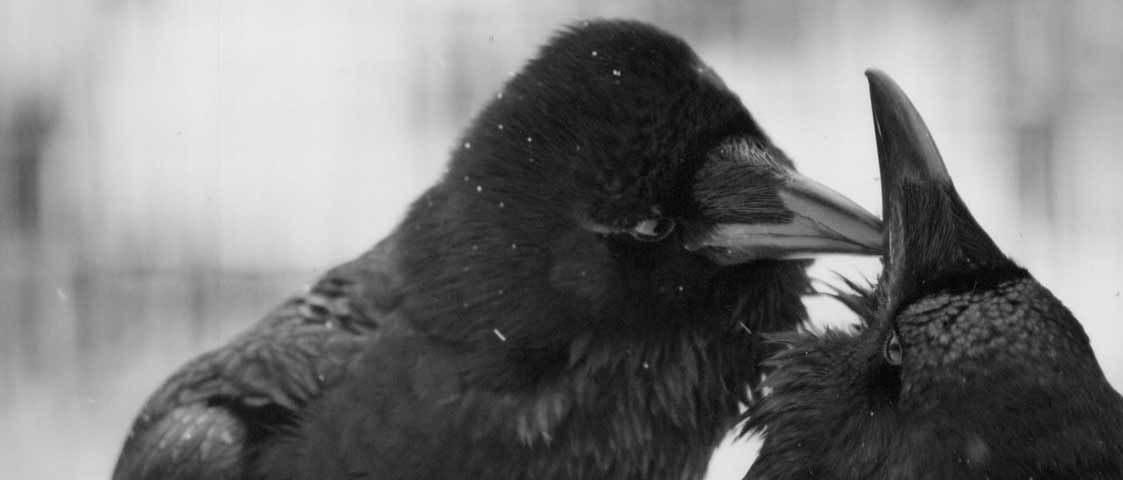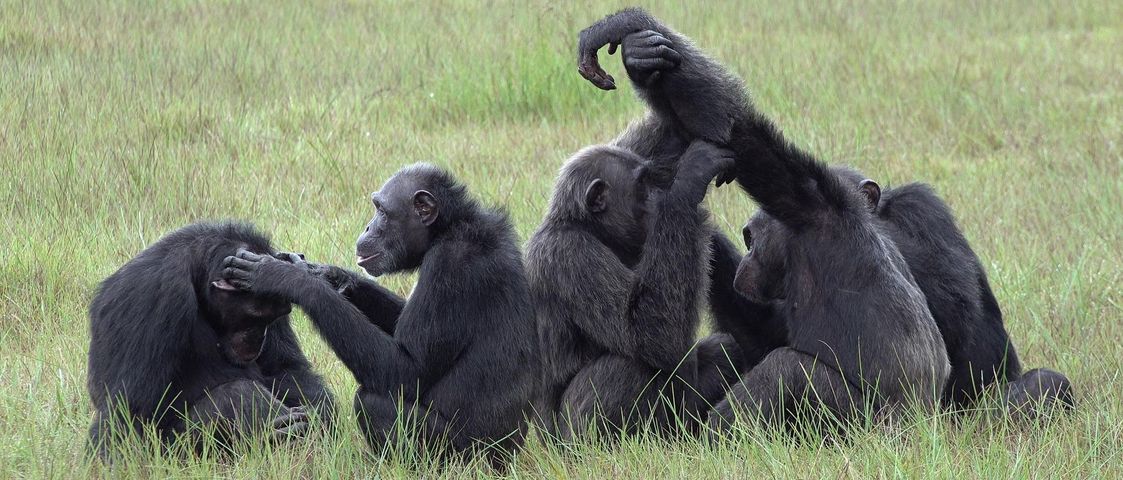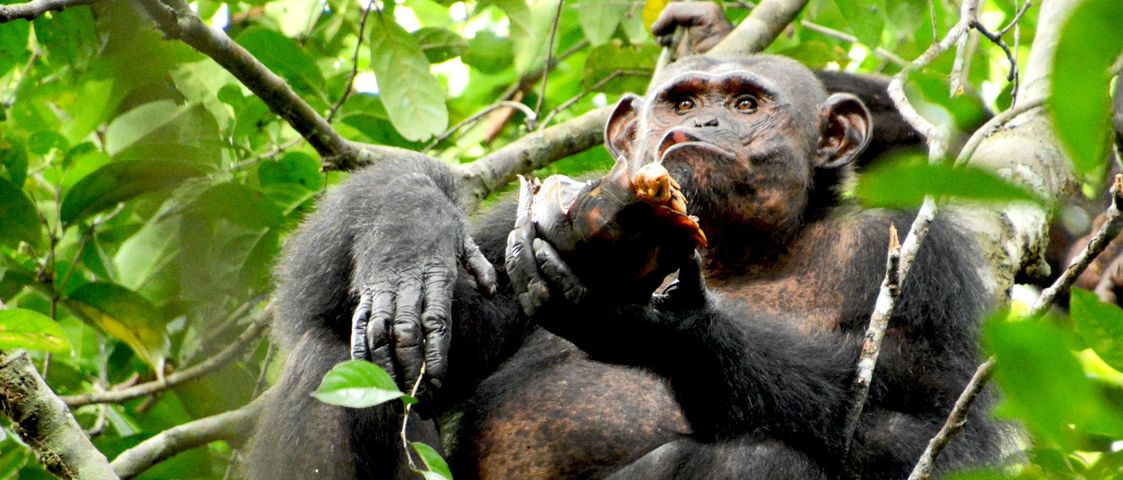Nonhuman primate studies
Direct, quantitative comparisons of children’s cognitive and communicative abilities — especially those of individuals who are not yet fully linguistically proficient — with those of our closest living relatives, the nonhuman primates, can elucidate the evolutionary trajectory, behavioral plasticity and ontogeny of communicative elements and underlying cognitive mechanisms. They allow us to determine which skills, behaviors and elements were inherited unchanged since we diverged from a common ancestor some 6 million years ago, which have been subjected to minor modifications, and which (if any) are qualitatively new. Hence, empirial studies of nonhuman primates' communicative complexity and underlying cognitive skills as well as cultural and medical behaviors offer crucial comparisons to humans. We currently focus on three model systems: (1) great apes, (2) geladas (an Old World monkey species), and (3) common marmosets (a New World monkey species and collaborative breeder).






